Science
54 Years Of Apollo-11 Landing: Five Books That Tell The Story Of Man's First Tryst With The Moon
Prakhar Gupta
Jul 21, 2023, 12:06 PM | Updated 12:05 PM IST
Save & read from anywhere!
Bookmark stories for easy access on any device or the Swarajya app.
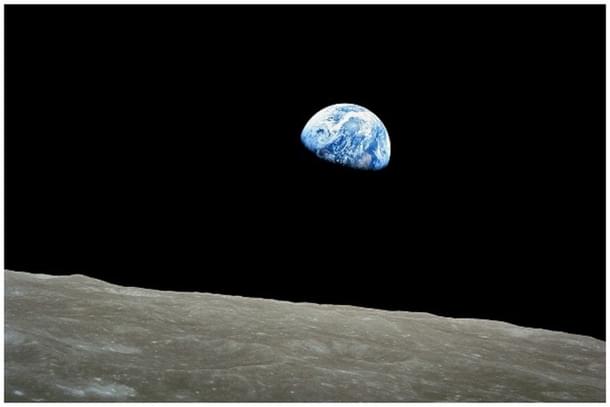
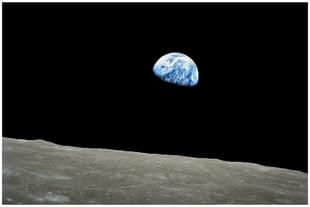
In over 50 years since the world watched live, transfixed, and in awe, the grainy footage of the first moonwalkers, the story of mankind's giant leap into space has been told and retold, over and over again, in many formats and from different perspectives.
It has been narrated through a small pool of drabber pictures and trite sound bites, and digitally-enhanced archival footage, some of which was lost in the US National Records until recently.
Filmmaker Todd Douglas Miller’s documentary Apollo-11, dull in some moments and dazzling in others, is the latest addition to this list. The journey has also been recounted in books, and there are many.
To this space enthusiast, books on moon landing appeal more than movies, for they don’t restrict the reader to the confines of the filmmaker’s interpretation of things, and to the limits of his imagination, when it comes to recreated scenes and the use of archival film.
After all, not every aspect of the moon landing was captured on film and in pictures, and not every facet of the mission can be recreated 50 years later.
Books leave readers alone on this front, letting them imagine for themselves and recreate the visuals in their brains.
Even Michael Collins too could only imagine how his fellow travellers, Neil Armstrong and Buzz Aldrin, were exploring the lunar surface when he went out of radio contact with them and every other human being in the universe for 48 minutes of each orbit as Columbia, Apollo-11’s command-module, orbited around the curve of the moon, taking him to the far side of the cratered sphere.
As the pilot of Columbia, Collins remained in the moon’s orbit and spent 22 hours alone, wondering if Armstrong and Aldrin, who had descended to the lunar surface onboard the lander, Eagle, would make it off the lunar surface and back to Earth with him.
In his book Carrying The Fire (Farrar, Straus and Giroux, 1974), Collins has vividly recorded this time — described by legendary aviator Charles A Lindbergh in a letter to him as the “aloneness unknown to man before” — comparing his anxiety to that of a nervous bride.
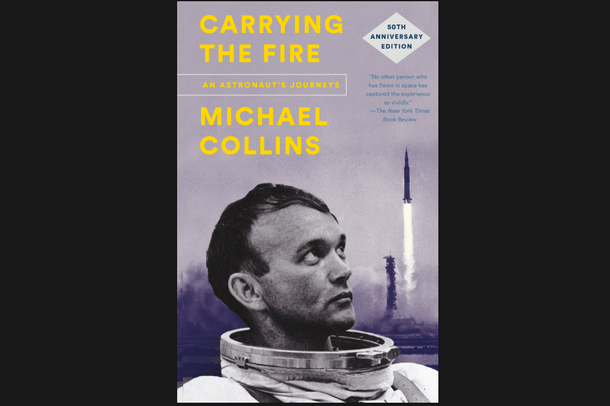
“When the instance of lift-off does arrive, I am like a nervous bride... If they fail to rise from the surface or crash back into it, I am not going to commit suicide; I am coming home, forthwith, but I will be a marked man for life, and I know it,” Collins, frequently funny, recalls what he was thinking at the time, calling it his “secret terror”.
The landing was a gamble, as no one knew for sure if the ascent engines of the Eagle, which were to lift Armstrong and Aldrin to the orbit for a rendezvous with Columbia, would work. President Richard Nixon had a speech ready to be delivered if the Eagle failed to lift off from the moon, leaving the first moonwalkers stranded.
The book is arguably the best account by an astronaut of his personal journey to space.
Unlike the books penned by Armstrong and Aldrin, which do not reveal what it is like to be an astronaut, or to go to the moon, Carrying The Fire captures both joys and fears of Collins’ journey — from his days as part of the Gemini space mission, leading to his first flight to space, through the seemingly endless preparation for the Apollo-11 flight, and upto the landing on the moon.
At the end of it, he is no loner as strange and distant as he appears in pictures of him wearing a spacesuit.
It is not for nothing that Henry S F Cooper, who covered the space programme for the New York Times in those days, wrote in his review of the book in 1974: “It is something new under the sun to find an astronaut who isn't afraid to express his feelings. No other person who has flown in space has captured the experience so vividly.”
Collins' description of the view of the moon from the window of the spacecraft and the awe that it inspires are perhaps the most absorbing of all such recollections.
“The vague reddish‐yellow of the sun's corona, the blanched white of earthshine, and the pure black of the star-studded surrounding sky, all combine to cast a bluish glow over the moon. This cool, magnificent sphere hangs there ominously, a formidable presence without sound or motion, issuing us no invitation to invade its domain. Neil sums it up: ‘It's a view worth the price of the trip.’ And somewhat scary too, although no one says that,” Collins describes in words the visual treat, an experience which he says was hindered by “an earful of terrestrial chatter”.
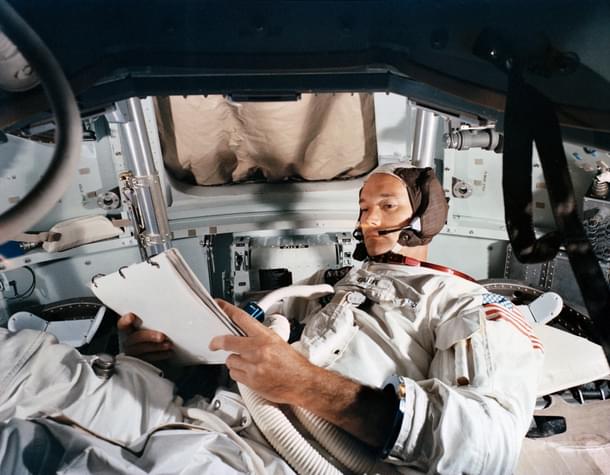
The source of this chatter was the mission control centre at Houston, from where a room full of mission controllers ran the hour-by-hour operations of Apollo-11.
Collins was asked to check the secondary coolant of the spacecraft, something he was against and had made his opinion known in a series of meetings before the launch. But the controllers, with the burden of lives on the line on their shoulders, had overruled his objection and he had to finally complete the test.
Having performed the check, he got back to the mission control, saying grumpily, “we don't have to have any meetings about whether we're going to do it or don't do it any more”. “Ouch,” responded one of the flight directors, amused by Collins’ reaction.
Not this incident, but in his New York Times bestseller Failure Is Not An Option (Simon & Schuster), veteran mission controller Gene Kranz, the flight director for Apollo-11’s descent to the moon, has recorded many such light moments, along with the tense and thrilling ones, leading right up to the Eagle’s landing.
Published in 2000, it is an engaging blow-by-blow account of how mission controllers, working behind the scene, away from media glare, overcame adversities, including some hair-raising near disasters — computer alarms going off and only seconds of fuel left.
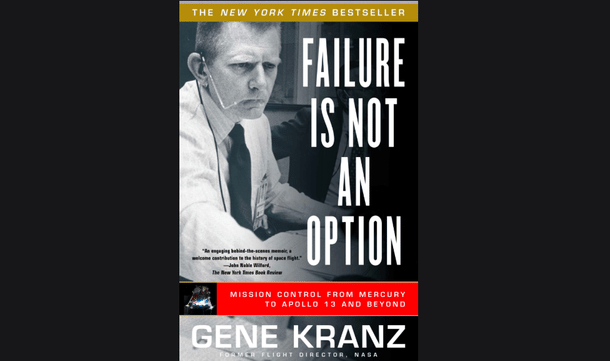
The book reveals little-known incidents, and offers new insights into critical decisions. During the most-tense phase of the mission, the landing, communication becomes patchy and flow of data to the mission controllers that is critical to make decisions — if the Eagle should continue its descent or abort the mission — is not smooth.
“The communications problem has bit us, and I am hard pressed to keep my frustration from surfacing in my voice,” Kranz writes, adding, “we have only two chances to get to the Moon and I sure as hell don’t want to blow off one”.
The mission moves ahead despite these disruptions, and the controllers in Houston ask the Eagle to continue its powered descent. But soon, more trouble strikes as alarms go off in the lunar module.
“It is like coming to a fork in the road where you’re uncertain which direction to take,” Kranz writes, capturing the mood in the control room at the time.
However, before the mission was aborted in response, the team realises these were the “same alarms that brought us to the wrong conclusion, an abort command” in the final training test.
Fifty years later, it is difficult to believe that the moon landing could have been aborted at the last moment.
With aid from the controllers, Armstrong and Aldrin guide the Eagle to the lunar surface. And when Armstrong says, “Houston, Tranquillity Base here. The Eagle has landed”, Kranz loses control over his emotions. “Frustrated at my lack of emotional control, I slam my forearm against the console,” he writes.
Unlike many others, Kranz’s book is not an attempt at explaining the technology behind the moon landing, but a shot at putting a human face on the backseat drivers, who have found little mention in other iterations of the story.
Kranz retells this story from the flight director's perspective, and given that other two flight directors have not written detailed accounts, his is likely to be the only one.
But insiders can’t tell all tales, especially the controversial ones. And what can be more controversial than deciding who, between Aldrin and Armstrong, would take the first steps out onto the moon.
We now know Armstrong did, but in the initial days of the mission, Aldrin believed that he would be first, and he had reasons to believe so.
After all, George E Mueller, National Aeronautics and Space Administration’s (NASA’s) associate administrator for manned space flight, had told many, including some news outlets, that Aldrin would make the first footprint, writes David Whitehouse, a former BBC science editor and correspondent, in Apollo-11: The Inside Story (Icon Books), giving a dispassionate account of, among other controversies, the fight for the first footprint on the moon.
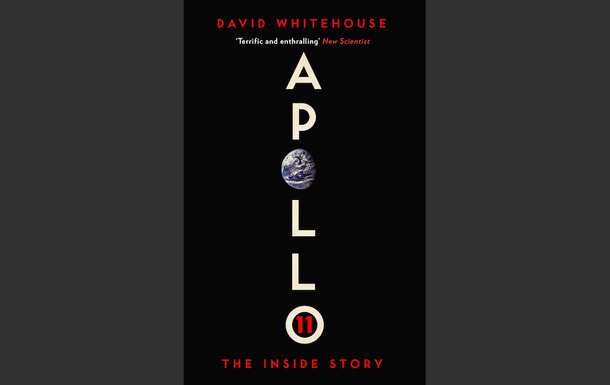
Based on verbatim accounts of the Apollo-11’s crew, flight engineers, administrative officials at NASA, and even their Soviet rivals, the book is a sober retelling of the true drama that unfolded behind the scene, the paranoia and intense competition, and the politics of it all, against the backdrop of the Cold War.
When it began to emerge that Armstrong would be the first man to walk on the moon, Aldrin wasn’t happy. According to Whitehouse, he saw it as an insult to his service — the US Air Force, as Armstrong was a civilian. He made his displeasure known.
“He came flapping into my office one day like an angry stork, laden with charts and graphs and statistics, arguing what he considered to be obvious — that he, the lunar module pilot, and not Neil Armstrong, should be the first down the ladder on Apollo-11. Since I shared an office with Neil Armstrong, who was away training that day, I found Aldrin’s arguments both offensive and ridiculous,” Whitehouse quotes astronaut Gene Cernan, the last person to walk on the moon till this day.
Some saw this as lobbying. But Aldrin disagrees.
Writing in Magnificent Desolation (Harmony Books, 2009) with Ken Abraham 40 years later, the astronaut throws light on this controversy, and his “often misunderstood competitive nature”.
Explaining why he thought he would be the first man on the moon, Aldrin writes, “in all the previous Gemini and Apollo missions, the spacewalks were taken by the junior officer, while the commander remained inside the space capsule. And as of February, that was our plan”.
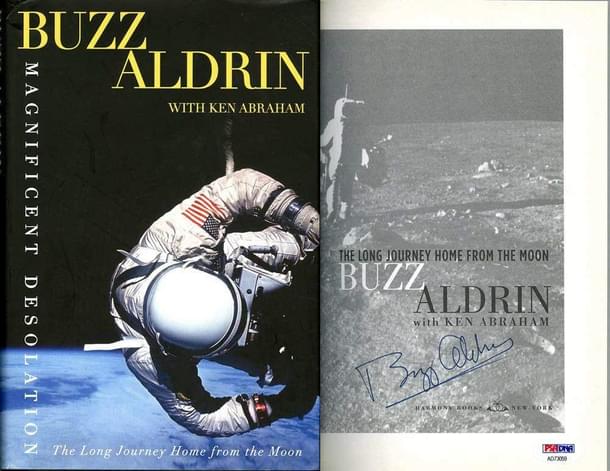
However, Aldrin says, he “recognised that historical significance may trump NASA’s protocol in this case. I posed the question to a few other fellow astronauts, and their responses were very much the same. Word soon got out that I was trying to lobby support for my being the first... In truth, I didn’t really want to be the first person to step on the moon. I knew the media would never let that person alone”.
Aldrin has a lot more to say about this controversy, and how the momentousness of Apollo-11’s achievement threatened to overshadow and ruin the rest of his life.
Magnificent Desolation brings out the unflinchingly real, raw and honest side of an astronaut whose legacy was reduced to him not being the first man on the moon, and is a candid tale of his struggle to emerge out of Armstrong's shadow, the lifelong battle with depression and alcoholism, and his infidelities and the damage it did to his first marriage.
Aldrin describes it as the “melancholy of things done”, and London-based journalist Sarfraz Manzoor interprets it as “the tragedy of achieving everything you have set out to achieve”.
"When I left NASA and the air force,” Aldrin writes, “I had no more structure in my life. For the first time in more than 40 years, I had no one to tell me what to do, no one sending me on a mission, giving me challenging work... Rather than feeling an exuberant sense of freedom ... I felt isolated, alone and uncertain.”
Aldrin lent his name to Buzz Lightyear, the Star Command character who introduced me and a new generation in the 1990s to the world of space and its endless possibilities, immortalising his legacy. But he continued to feel a lack of purpose.
However, his fellow traveller, Armstrong, continued to find new callings. After resigning from NASA in 1971, he spent nearly a decade as a professor of aerospace engineering at the University of Cincinnati, in his home state of Ohio.
In First Man (Simon & Schuster, 2005), historian James R Hansen follows the trajectory of Armstrong’s life, from his days as a navy pilot during the Korean War, through the Gemini-8 mission, leading to his first space flight, the Apollo-11 landing, his service on the commission investigating the 1986 Challenger space shuttle disaster, and his life after it, with all its tragedies and triumphs.
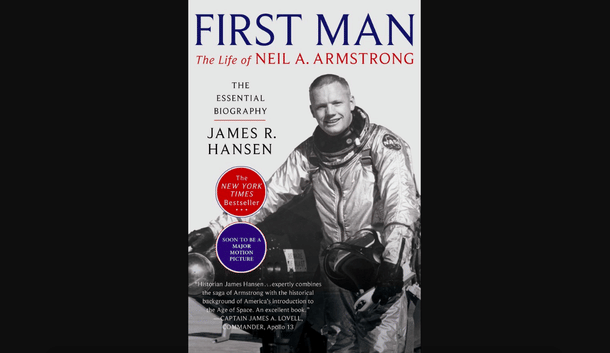
As the authorised biography of the first man on moon, the book is viewed with suspicion. But as one reads the First Man, it immediately becomes clear that Hansen was free to write the interpretative sections as he wished, drawing his conclusions without the fear of Armstrong’s veto.
Apart from a finger-biting narration of the tale of Apollo-11 landing, Hansen has delved deep into the stories which unfolded away from cameras, behind the scene, and at home — the heart-breaking loss of his infant daughter, the death of fellow astronauts in the horrific Apollo-I accident, and his own close call with death when he had to eject from an out of control lunar landing training vehicle.
The stories of how Armstrong came up with the phrase “that's one small step for man, one giant leap for mankind” and the missing ‘a’ in it, and how he almost missed his flight to moon at its first stop when he turned in his application to be an astronaut a week late are perhaps the most amusing of all tales Hansen has told.
Armstrong’s tardy application did find its way to the right desk.
Prakhar Gupta is a senior editor at Swarajya. He tweets @prakharkgupta.




